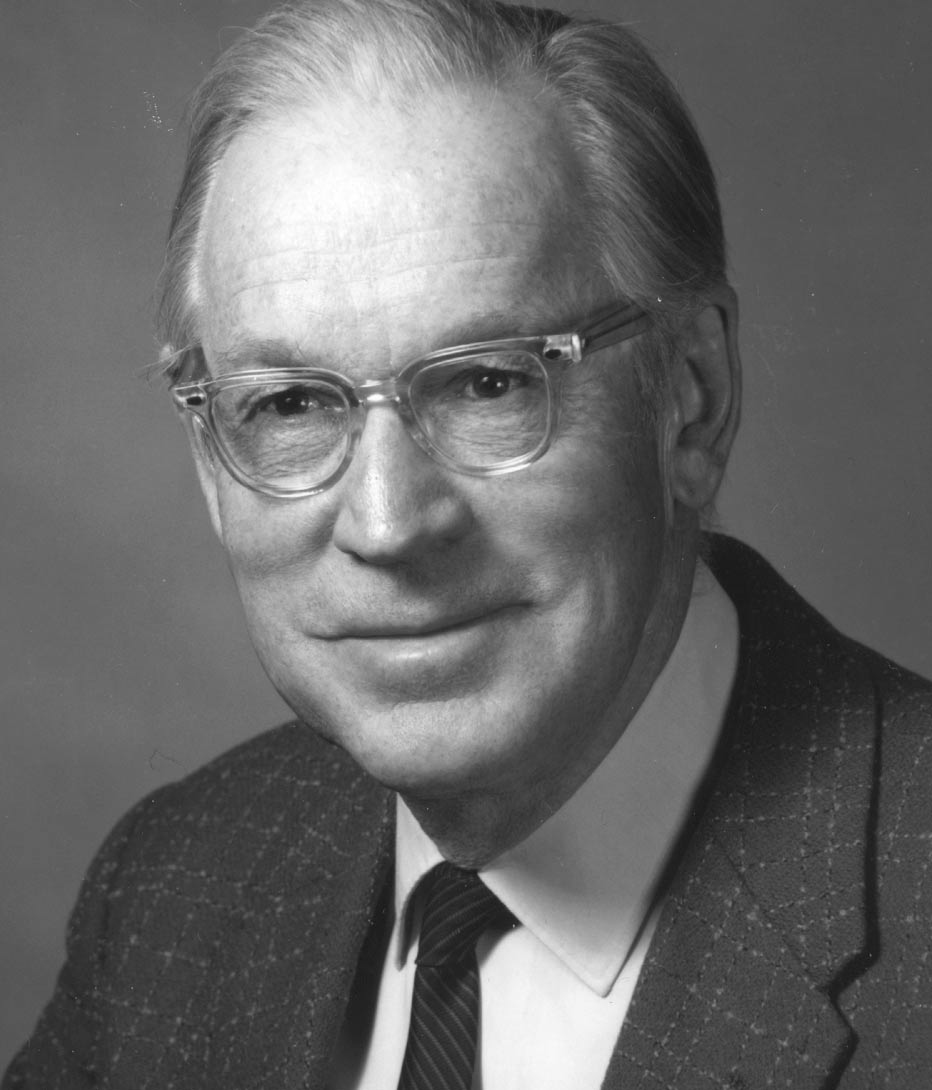Herbert Maxwell Strong
DOI: 10.1063/1.1506765
Herbert Maxwell Strong, a pioneer in the development of processes for synthesizing diamond from baser forms of carbon, died in Schenectady, New York, on 30 January 2002 of pneumonia, following a long period of declining health.
Strong was born on 30 September 1908 in Wooster, Ohio, the youngest in a family of a sister and two brothers. He graduated from the University of Toledo in 1930 with a BS degree. He earned his graduate degrees in physics at Ohio State University: an MS in 1931 and a PhD in 1936. His PhD adviser was Harold P. Knauss.
Strong began his career as a physicist with the Kendall Co in Chicago, where he worked on the physics and chemistry of adhesives. In 1946, he joined the General Electric Research Laboratory (now part of GE’s Global Research Center) in Schenectady, New York, as a research associate. He spent the remainder of his career at that lab.
In his first major project at the GE lab, Strong dealt with the hot supersonic exhaust flames from rocket motors on test stands. Using our training in spectroscopy, he and I explored many of the details of velocity, temperature, pressure, and so on in rocket exhaust flames.
Strong’s second notable research project at the lab involved the development of a thin, evacuated, flat-panel thermal insulation for use in refrigerators, freezers, and other cooling devices. The main outcome of this work was a classic publication in the Journal of Applied Physics (1960) about the physics of heat transfer through thin, evacuated thermal insulation panels.
The third and most important project that Strong and his colleagues at GE undertook, beginning in 1952, was to find ways to synthesize diamond from baser forms of carbon under physical–chemical conditions in the thermodynamic region of stability for diamond. The basis guiding the experimental work was thermodynamic theory; this was new, unknown territory experimentally.
Success—the reproducible synthesis of diamond in the GE lab with a “fair” understanding of the process—came in early 1955, and Strong’s name appears on the first patent and publications of the results. GE began marketing Man-MadeTM industrial-grade diamond abrasive in 1957. Although GE was developing the commercial and technical applications of Man-MadeTM industrial diamond, scientists there still needed to give attention to the many related basic scientific problems and also to the possibilities such as thermistors, transistors, windows, and heat sinks. Strong derived phase, temperature, and composition diagrams at high pressure (approximately 55 kilobars) of the carbon-iron, carbon-nickel, carbon-cobalt, carbonalloy, and other systems.
In 1969–70, Strong perfected methods for growing large, single-crystal, high-quality diamonds—some more perfect in the crystallographic and purity sense than the best of natural diamonds. Those achievements made it possible to experimentally investigate various properties—such as electrical and optical properties, heat conduction, and isotope effects—of nearly perfect diamond crystals.
Strong received numerous awards, among them the International Prize for New Materials (now called the James C. McGroddy Prize for New Materials) from the American Physical Society in 1977.
After his retirement from GE in 1973, Strong remained active. In cooperation with other local physicists, he participated in a popular “Fun with Physics” program for schoolchildren at the Schenectady Museum. Through this program, children participated in simple demonstrations of gravity, optics, magnetism, conservation of momentum, and other basic physical phenomena.
In a memorial service held for Strong in February 2002, one of the earlier directors of the GE Research Laboratory, Roland Schmitt, summed up Strong very well: “Herb was a superb scientist and an exquisite experimentalist. He also was a wonderful human being and a courteous gentleman with a wonderful sense of humor.”

Herbert Maxwell Strong
GE GLOBAL RESEARCH CENTER

More about the Authors
Francis P. Bundy. Lebanon, Ohio, US .
